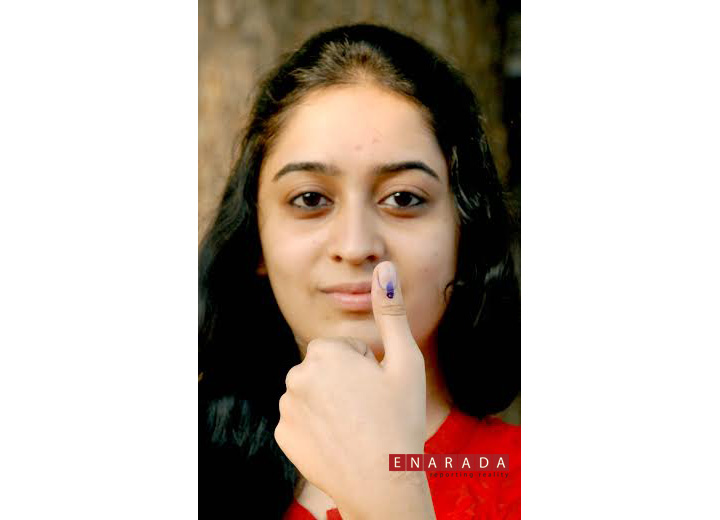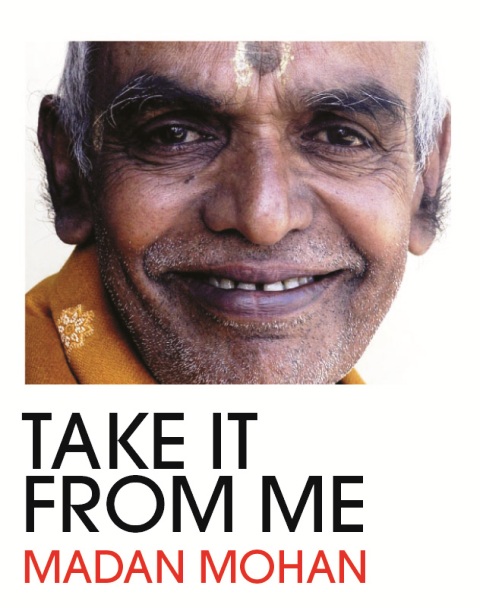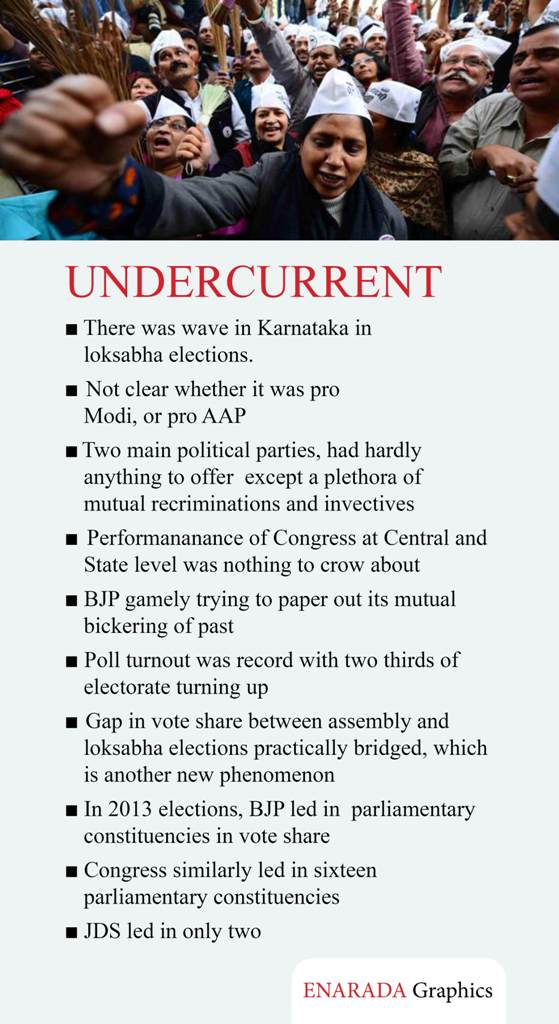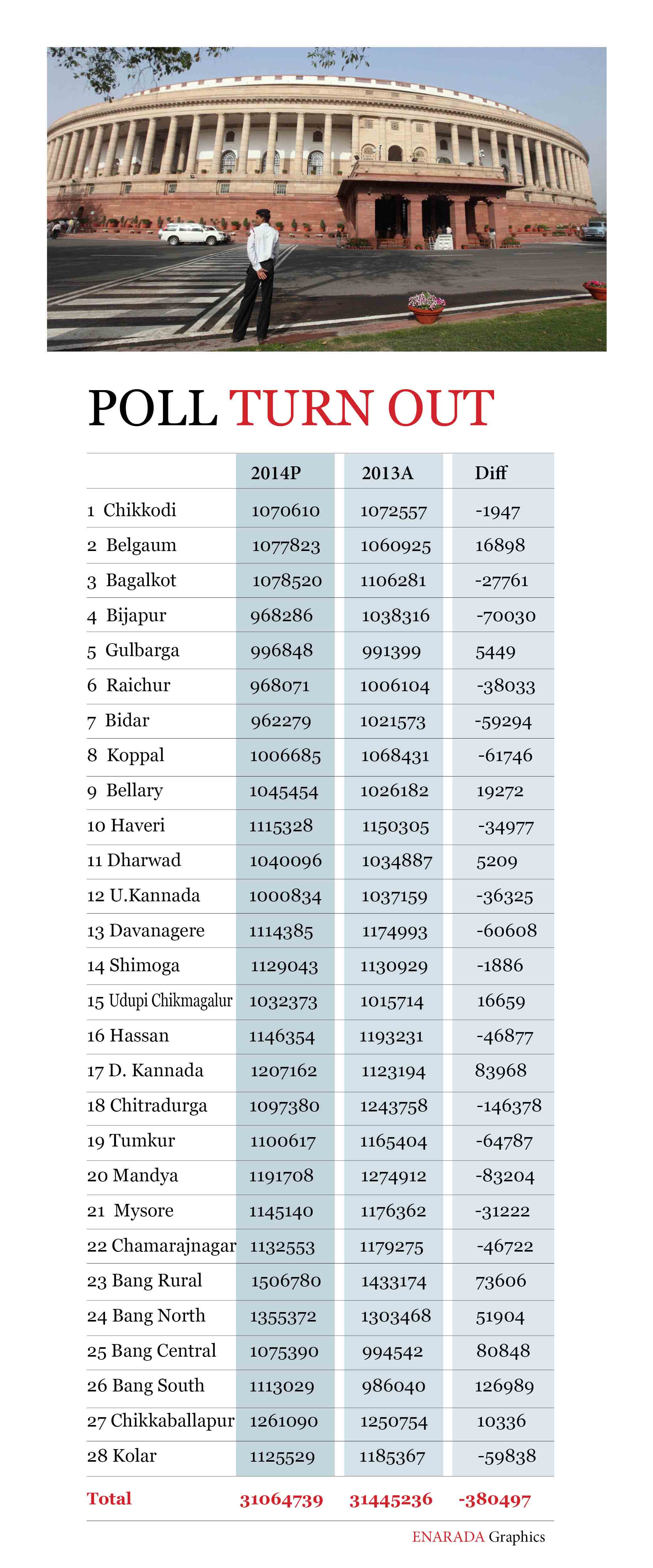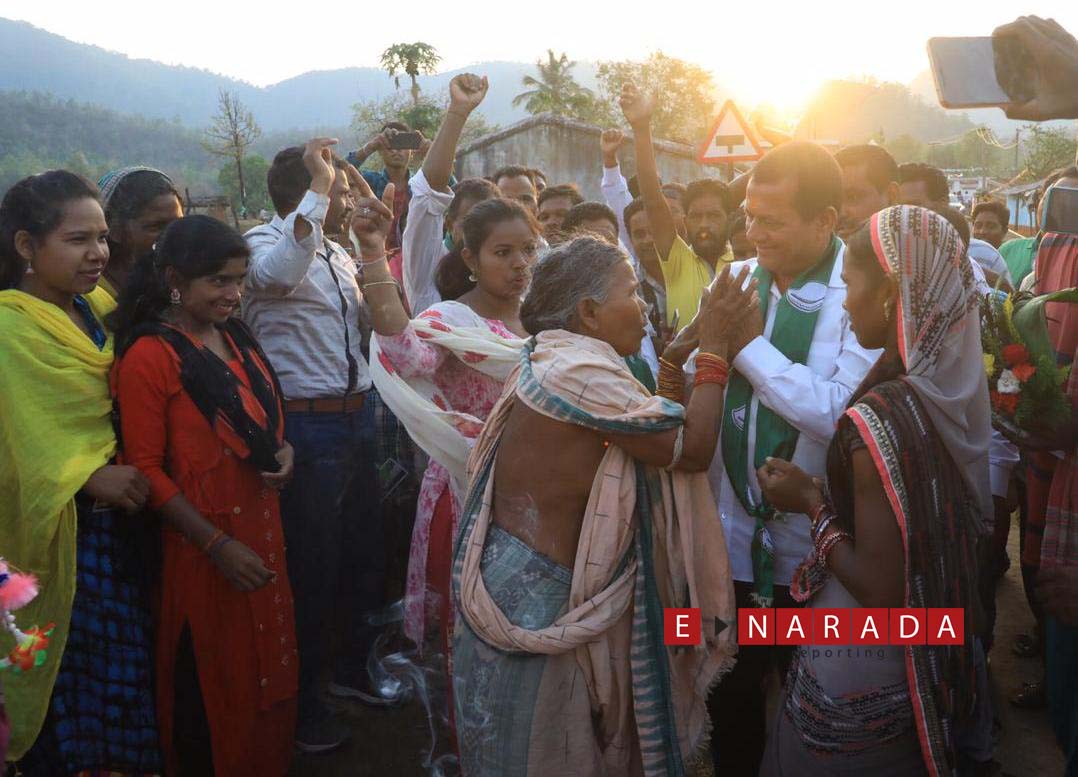ENARADA, Hubli
By MATHIHALLI MADAN MOHAN
It can be confidently said that there was indeed a wave in Karnataka, which has resulted in higher poll turn out in the just held poll for 28 loksabha seats from the state, though the cause of wave is a debating factor, which can be resolved only when the counting begins next month.
One of the frequently asked question during the days preceding polling was whether there was a wave in Karnataka, with the two main averring it to be so, with the BJP attributing to prime ministerial candidate Narendra Modi, while Congress alluding to performance of the one year old government of Mr. Siddaramaiah. Others dismissed it as saying that there were no visible signs of wave.
The poll turn out on April 17th confirmed that there was indeed a wave, which was more subterranean than visible, and swept Karnataka as unobtrusively as possible. For the Karnataka voters bucked the tendency of a lower turn out in parliament poll separately held and what was noticed was record turn out with two thirds of the electors turning up at the polling booth on their own despite the scorching sun in most of the area, dispelling the impressions that polling day having been sandwiched between the series of holidays, would have an adverse effect on polling, with most of them in urban areas especially in Bangalore going out on a holiday instead of exercising the prerogative conferred by the Constitution. Even in Bangalore, which has four parliamentary constituencies, there was a comparatively a higher turnout though turn out failed to reach the sixty percent mark as has been seen in constituencies outside Bangalore.
It has been a common experience that poll turnout in a loksabha election, when separately held is always lower than the assembly elections. This is mainly because of the lower intensity of the electioneering. And some of them, who have not voted for the national parties, have a tendency to stay away from the booths. But lower turnout notwithstanding, the two national parties tend to get higher electoral support, because of another tendency noticed of the voters who had not voted for the national parties in the assembly election veering round to either of the national parties in a parliament poll.
There were indeed other factors, which would induce lower turn out. For the electioneering by the parties, hardly raised any new issues or debates on ideological plane to enthuse the voter. The two political rivals, the Congress and BJP, involved in no holds barred tussle for occupying the Delhi throne, ran a campaign, which was full of invectives and mutual recrimination, which caused more nausea than anything. Their manifestos had hardly anything new and credible to offer. The performance of the Congress led government at Delhi and Bangalore, the latter being just one year old, had hardly anything to crow about. The BJP was still trying to regain the credibility which had it lost due to its misrule for which it was punished by the electorate in the assembly elections last year and was bravely trying to put a united face by bringing back home Yeddyurappa and Sriramulu. There were many who had serious reservations about the outcome of this exercise, which was more a political necessity for survival than meeting of the minds.
That the two parties, were unsure of their image was evident from the manner in which both of them enlisted the service of the celluloid star for mobilization of crowds and road shows, which only proved to be photo opportunity for them, rather than bridging the growing disconnect between parties and the people in general. The only sign of a higher turnout was the phenomenal increase in the enrolment of the new voters, which stood at a whopping 25 lakhs within a year of the assembly elections in Karnataka, with 15 lakhs having joined the electoral roll within the three month period preceding the poll.
It has been the common experience that the lower turn in parliamentary election singly held is always on the lower side. The normal gap is put around 5%. In the present context with Karnataka having 461 lakh electorate one percent means 4.61 lakhs. Though in the ultimate analysis, the gap in the turn out voters between the assembly and parliament election could not be bridged but had been considerably reduced. While 312 lakh people had exercised their franchise in the assembly election, around 309 lakh voters did so at the just concluded loksabha poll. The gap was less than one percent of the electorate, which is quite heartening indeed.
In twelve of the 28 parliamentary constituencies, namely Chikodi, Belgaum, Gulbarga, Bellary, Dharwad, Udupi -Chikmagalur, Dakshina Kannada, Bangalore Rural, Bangalore North, Bangalore Central and Bangalore South and also Chickballapur, the voting in the loksabha election was much more than what was noticed in the 2013 assembly election. It ranged from the highest of 1.26 lakhs in Bangalore South, where a key fight is on between Ananth Kumar of the BJP, on to his sixth term in a row and Nandan Nilekani, of Congress, the software wizard, to just around 5400 in the backward region of Gulbarga, which is getting baked under a scorching sun, where the Union Minister for Railways Mr. Mallikarjun Kharge is seeking reelection from a reserved constituency.
Was the increase in turn out, a product of the Modi wave, as the BJP would like us to believe? For it is a known fact that almost all BJP candidates in the frey, including the BJP strongman in Karnataka, Mr. Ananth Kumar, a known follower of Advani, who is involved in a pitch battle with software czar Nandan Nilekani in Bangalore South for his sixth term in loksabha did seek the support in the name Mr. Modi and not in the name of the party or party’s programme. And the publicity material brought about the party focused on more on “Modi” factor rather than that of party. (As a contrast, none in Congress claimed a vote in the name of Rahul Gandhi, the Vice President who led the campaign, and who would be the prime minister in the event of UPA coming to power, which is unlikely as is evident from the opinion poll surveys already made).
One factor quoted in support of the Modi wave, has been the higher enrolment of the new voters. But the credit for higher involvement goes more to the vigorous campaigning conducted by the NGO groups and the proactive stance taken for the first time by the Election Commission in creating awareness about voting among the citizenry. This has been inspired by the Kejriwal phenomenon with the AAP downing the political Goliaths in Newdelhi through the instrumentality of the higher enrolment and participation in polling. One has no alternative under circumstances to inevitably vote till the counting begins to know what type of wave swept in Karnataka – a Modi wave or an AAP wave. If, it was a Modi wave, it would certainly help BJP to retain the 19 seats it had won five years ago, its loss of power in the last year’s assembly election notwithstanding. Otherwise, it would cook the goose of BJP, and work to the advantage of the Congress,
The interesting question would be how and to what extent the higher turnout would tilt the balance of power in the 28 parliamentary constituencies. It all depends on the differing political profiles of these constituencies. It is a tussle between Congress and BJP in all the twelve parliamentary constituencies in Northern Karnataka and two coastal region constituencies of Dakshina Kannada and Udupi. The JDS is not in the picture at all in these constituencies.
In the four constituencies in and around Bangalore, namely, Bangalore Rural, the Bangalore North, the Bangalore Central and Bangalore South, the JDS is relevant only in Bangalore Rural and in the remaining three, it is again the tussle between Congress and BJP.
The two constituencies, Hassan and Mandya, feature a fight between Congress and JDS, with the BJP having a notional presence. In the remaining eight constituencies, it is a three way fight between Congress, JDS and BJP in that order, with the first two enjoying better political clout. Kolar and Chamaranagar have been regarded as Congress bastions.
Since the political strength of a party is basically reflected in the assembly elections, the votes got in the last years assembly election collated parliamentary constituencies, throws up an interesting political scenario.
BJP led in vote share in ten parliamentary constituencies, namely, Chikodi (1.80 lakhs). Belgaum (1.56 lakhs), Gulbarga (less than 800), Bidar (1.61 lakhs), Koppal (77,000), Bellary (1 lakh), Dharwad (49,000), Kanara (less than 500), Shimoga (1,26 lakhs) and Tumkur (1.51 lakhs).
It was the Congress, which found itself better placed in lead in sixteen constituencies, namely Bagalkot (63,000), Bijapur (54,000), Raichur (54,000), Haveri 7800), Davangere (82,000), Udupi Chickmagalur (8200), D Kannada (11,000), Chitradurga (1.23 lakhs), Mysore (1,55 lakhs), Chamaraj Nagar (44,000), Bangalore Rural (1.96 lakhs), Bangalore North(1.19 lakhs), Bangalore Central (51,000), Bangalore South(37,000),Chikballapur (1.69 lakhs) and Kolar (1.92 lakhs).
JD(S) had a lead in Mandya (2.86 lakhs) and Hassan (1.27 lakhs).
To what extent these leads get altered either way, thanks to the entry of 25 lakhs first time voters’ remains to be seen. One has to take cognisance of the fact that JDS, which tends to lose the support in the parliament election.
(Posted on April 21 , 2014 @ 1 pm)
(Author is a Senior Journalist and Columnist. He can be contacted on Mobile: +91 94480 74872 / Email:madan.mm@gmail.com)
The views expressed on the website are those of the Columnists/ Authors/Journalists / Correspondents and do not necessarily reflect the views of ENARADA.

